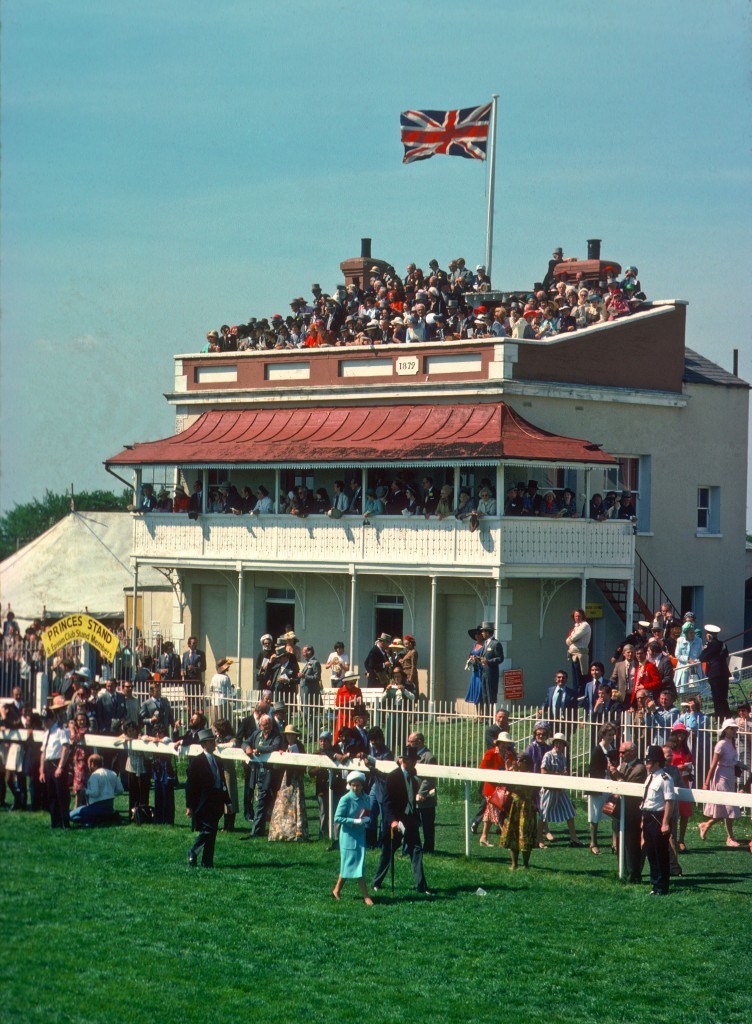Epsom’s Prince’s Stand & the spring handicaps
The Prince’s Stand dates in its present form from 1879, when the original Regency stand, built c1784, was altered and enlarged. Used by the Prince of Wales, later King George IV, it housed the royal party celebrations when the Prince won the Derby with Sir Thomas in 1788. Up until 1829, it was the only permanent building on the Downs, although by 1831, when the Princess Victoria visited Epsom, it was struggling to keep the royal entourage comfortably ensconced.
In 1940, soon after the outbreak of war, racing at Epsom was abandoned for the duration and given over to the military; the Prince’s Stand was then commandeered as the Officers Mess.
In 1979, as part of the celebrations for Derby 200, the Prince’s Stand was extensively refurbished and, it’s continued use links together more than 22 decades of history.
The Great Metropolitan and City and Suburban Handicaps, now run at the one-day, Spring Meeting, were the very first two races to be sponsored.
While the Epsom management struggled to put up enough prizemoney, Samuel Beeton, a publican in Milk Street, opened a subscription for the first handicap and then, persuaded his fellow publicans in Fleet Street to follow suit.
At that time, many London pubs served both as betting shops and ale-houses.
“The Great Met,” as it became known, was first run in 1846, and won by Chamois (3-5st-7lb), 29 ran.
The distance was 2m 2f, until 1985, when it was changed to 1m 4f.
The City and Suburban, run over 1m 2f, followed in 1851, and was first won by Elthiron (5-8st-5lb), 16 ran.
Subscriptions for the race were raised from pubs in the City of London, stretching out to the suburbs – hence its name.
Incidentally, the first occasion the photo-finish camera was used in Great Britain, was at Epsom, on 22 April 1947, to determine the placings for The Great Metropolitan Handicap. Star Song (Doug Smith), winning by a length, with Parhelion (Eph Smith), second, beating Salubrious (Bill Rickaby), by a head.